Broad beans /Vicia Faba L./ are an annual herbaceous plant of the large Fabaceae family. It is distributed throughout Europe, Asia, South America and Africa. It is believed that the broad bean was known 5000 years ago.
Traces of its cultivation are found in ancient Egypt, China and the ruins of Troy. It was much appreciated for, as well as being easy to grow, being healthy and fast filling, so it is consumed mainly by the lower classes. In antiquity, the bean ha been used as a symbol of death, and therefore not consumed by priests.
Nowadays Broad beans are grown in limited quantities, primarily as early vegetable crops.
Broad beans have a very well developed central root that reaches a depth of 1 meter. Its leaves are broad and colors white, with characteristic dark spots. The colors of broad beans are highly aromatic and rich in nectar. Broad beans fruit ‘resembles a pepper, and at maturity is fragile and green, fit for human consumption.
The length of the pod is different, from 5 to 15 cm, depending on the variety of broad bean. With its maturing, the pod becomes tough and hard, the green is gradually lost and turns brown. Broad bean seeds are flat and large, they have an irregular shape and the color is different - from yellow to brownish-green. The very color of the seeds changes over time, eventually becoming brownish-black.
Broad beans are one of the most sustainable plants to cold. It can withstand up to minus four degrees. They tolerate high temperatures, but are demanding in terms of light.
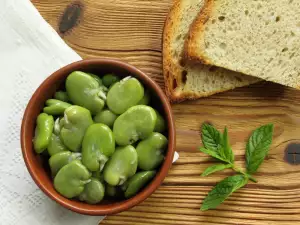
Types of Broad beans
Large seeded beans - mid- growing, with a very high yield. Its stem still essentially splits, reaching a height of 1.5 meters. The flowers, fruits and seeds of this bean are large. The mass of 1 kg seeds ranges from 800 g to 2 kg.
Medium seeded beans - it is a very high output plant.
It is distributed as a field crop, and with its morphological features occupies an intermediate position between the big and small seeded beans. The mass of 1 kg seeds reaches 800 in number.
Small seeded beans - less common than other varieties. Ripens early, but is low-yield. Often, it is an unbranched stem, reaching a height of 1 meter. Its fruits and seeds are small. A mass of 1 kg has from 200 to 500 seeds
Composition of broad beans
Broad beans have a very diverse composition, which makes them valuable health food. They contain 16 to 20% solids, 5.4% nitrogenous substances, 0.3% fat, 2.6% sugars, 25 mg vitamin C. The broad bean has a rich mineral content. Contains calcium, magnesium, potassium, phosphorus, iron, sulfur and micronutrients, such as a lot of manganese, which is valuable in the formation of blood and other body systems. They are rich in protein, carotene, vitamin A, B1, B2, and E.
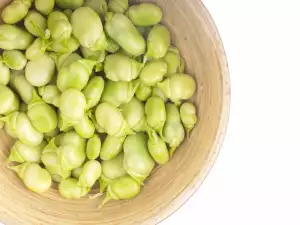
100 g of raw beans contains 72 calories, 0.6 g oil, 11.7 g carbohydrates and 5.6 grams of fat.
Selecting and storing broad beans
Broad beans are harvested when the pods are still tender, juicy, with no fiber and seeds that have only just formed. When the seeds of broad beans become rough, they receive an unpleasant taste and are not recommended for consumption.
When you buy beans also make sure they have a nice green color, brown beans are too mature, tough and hard. Broad beans are a very perishable product, so they don’t allow for long storage. It is best to cook the day of purchase, or at the latest the next day. They are suitable for freezing in the freezer.
Broad beans in cooking
As seen, young beans are the most delicious. They can be added to soups and salads, as well as all meals, which include other legumes, such as [peas and beans. This means you can use the broad bean for replacing peas and beans. The best advantage is their quick cooking.
One of the easiest ways to prepare beans is boiled in salted water with a little oil. Broad beans are widely used in Arab cuisine, so you can find them in many Arab shops in dried form.
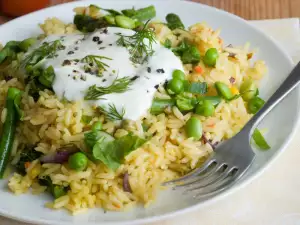
The taste of broad beans is complemented very well by onions, garlic and red pepper. Young beans can be cooked in a stew with their pods, just like green beans. As such, they melt very quickly, so you must be careful not overcook them. Delicious stew with beans can be supplemented with a handful of plums, which are added at the end of cooking. If you have ripe beans, cook them only by removing the pod because it is very hard and not tasty.
Benefits of broad beans
Broad beans do not contain cholesterol, so it is very useful in diseases of the cardiovascular system. It regulates the functioning of the digestive system, thanks to the contained therein cellulose significantly accelerates the metabolism too.
The latter fact determines its application in diets for weight loss. Broad beans contain the only L-dopa amino acid, which is used to treat the Parkinson's disease. This amino acid can help control hypertension.
Broad beans are very rich in tyramine – an acid that when entering the brain stimulates the release of hormones in the brain. It creates the feeling of being excited and exhilarated. Eat beans for drowsiness, but only during the day. Late at night, it will backfire and prevent sleep.


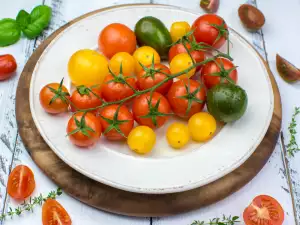
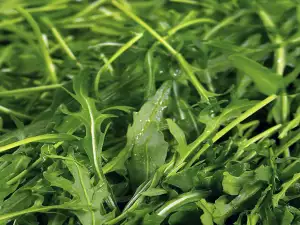
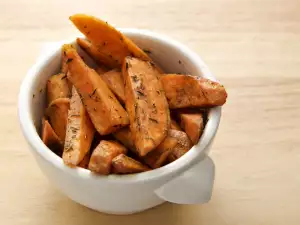
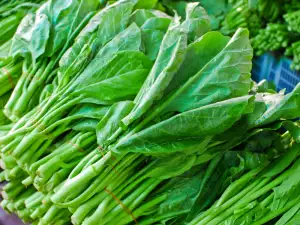

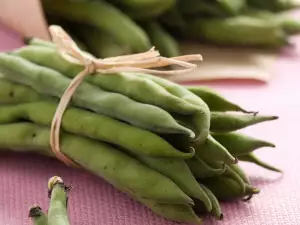
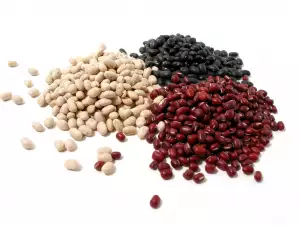
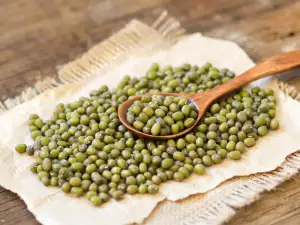
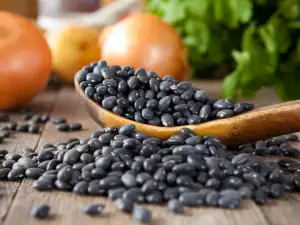
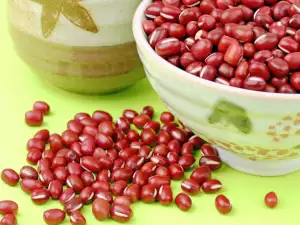
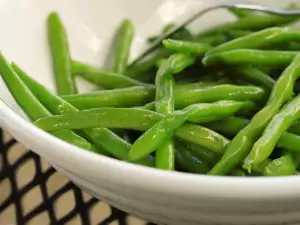






Comments